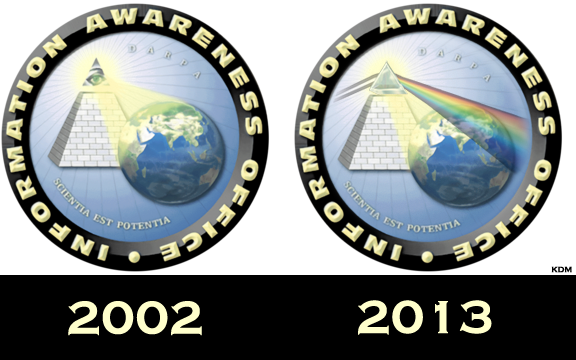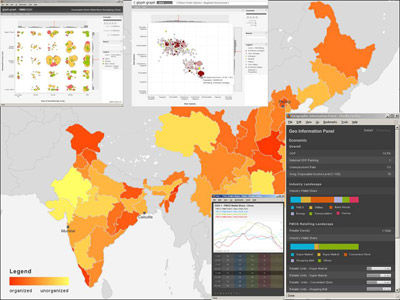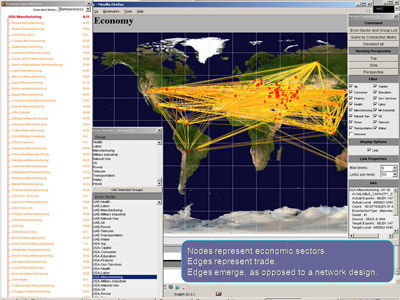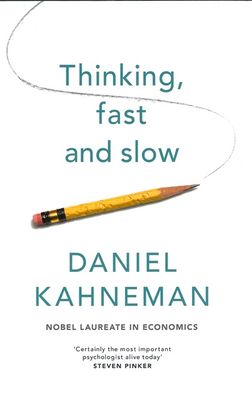Pentagon Wants ALL Data to Recreate 'Parallel Virtual Earth' for Testing and Conditioning Human Responses to Psy-ops in Real Time

Mark Baard
The Register
Sat, 23 Jun 2007 20:15 UTC
Perhaps your real life is so rich you don't have
time for another.
Even so, the US Department of Defense (DOD) may already be creating a
copy of you in an alternate reality to see how long you can go without
food or water, or how you will respond to televised propaganda.
The DOD is developing a parallel to Planet Earth, with billions of
individual "nodes" to reflect every man, woman, and child this side of
the dividing line between reality and AR.
Called the Sentient World Simulation (SWS), it will be a
"synthetic mirror of the real world with automated continuous
calibration with respect to current real-world information",
according to a concept paper for the project.
"SWS provides an environment for testing Psychological Operations (PSYOP),"
the paper reads, so that military leaders can "develop and test multiple
courses of action to anticipate and shape behaviors of adversaries,
neutrals, and partners".
SWS also replicates financial institutions, utilities, media outlets,
and street corner shops. By applying theories of economics and
human psychology, its developers believe they can predict how
individuals and mobs will respond to various stressors.
Yank a country's water supply. Stage a military coup. SWS will tell you
what happens next.
"The idea is to generate alternative futures with
outcomes based on interactions between multiple sides," said Purdue
University professor Alok Chaturvedi, co-author of the SWS concept
paper.
Chaturvedi directs Purdue's laboratories for Synthetic Environment for
Analysis and Simulations, or SEAS - the platform underlying SWS.
Chaturvedi also makes a commercial version of SEAS available through his
company, Simulex, Inc.
SEAS users can visualize the nodes and scenarios in text boxes and
graphs, or as icons set against geographical maps.
Corporations can use SEAS to test the market for new products, said
Chaturvedi. Simulex lists the pharmaceutical giant Eli Lilly and defense
contractor Lockheed Martin among its private sector clients.
The US government appears to be Simulex's number one customer, however.
And Chaturvedi has received millions of dollars in grants from the
military and the National Science Foundation to develop SEAS.
Chaturvedi is now pitching SWS to DARPA and discussing it with officials
at the US Department of Homeland Security, where he said the idea has
been well received, despite the thorny privacy issues for US
citizens.
Comment: Oh don't worry about that thorny issue guys - it won't 'erupt' for another 6 years, at which point the masses will have been desensitized to such cumbersome human concepts as privacy.
In fact, Homeland Security and the Defense
Department are already using SEAS to simulate crises on the US mainland.
The Joint Innovation and Experimentation Directorate of the US Joint
Forces Command (JFCOM-J9) in April began working with Homeland Security
and multinational forces over "Noble Resolve 07", a homeland defense
experiment.
In August, the agencies will shift their crises scenarios from the East
Coast to the Pacific theatre.
JFCOM-J9 completed another test of SEAS last year. Called Urban Resolve,
the experiment projected warfare scenarios for Baghdad in 2015, eight
years from now.
JFCOM-9 is now capable of running real-time simulations for up to 62
nations, including Iraq, Afghanistan, and China. The simulations gobble
up breaking news, census data, economic indicators, and climactic events
in the real world, along with proprietary information such as military
intelligence.
Military and intel officials can introduce fictitious agents into the
simulations (such as a spike in unemployment, for example) to gauge
their destabilizing effects on a population.
Officials can also "inject an earthquake or a
tsunami and observe their impacts (on a society)", Chaturvedi added.
Jim Blank, modeling and simulation division chief at JFCOM-J9, declined
to discuss the specific routines military commanders are running in the
Iraq and Afghanistan computer models. He did say SEAS might help
officers determine where to position snipers in a city square, or to
envision scenarios that might emerge from widespread civil unrest.
SEAS helps commanders consider the multitude of variables and outcomes
possible in urban warfare, said Blank.
"Future wars will be asymmetric in nature. They will be more
non-kinetic, with the center of gravity being a population."
Comment: What this techo-babble means is that 'the
eternal war' is really the psychopaths in power against you, the masses
of ordinary people, and the way they wage this war is through your
subconscious mind, by getting you to believe lies.
The Iraq and Afghanistan computer models are the
most highly developed and complex of the 62 available to JFCOM-J9. Each
has about five million individual nodes representing things such as
hospitals, mosques, pipelines, and people.
The other SEAS models are far less detailed, encompassing only a few
thousand nodes altogether, Blank said.
Feeding a whole-Earth simulation will be a colossal challenge.
"(SWS) is a hungry beast," Blank said. "A lot of data will be
required to make this thing even credible."
Alok Chaturvedi wants SWS to match every person on
the planet, one-to-one.
Right now, the 62 simulated nations in SEAS depict humans as composites,
at a 100-to-1 ratio.
One organization has achieved a one-to-one level of granularity for its
simulations, according to Chaturvedi: the US Army, which is using SEAS
to identify potential recruits.
Chaturvedi insists his goal for SWS is to have a depersonalized likeness
for each individual, rather than an immediately identifiable duplicate.
If your town census records your birthdate, job title, and whether you
own a dog, SWS will generate what Chaturvedi calls a "like someone" with
the same stats, but not the same name.
Of course, government agencies and corporations can add to SWS whatever
personally-identifiable information they choose from their own
databases, and for their own purposes.
And with consumers already giving up their personal information
regularly to websites such as MySpace and Twitter, it is not a stretch
to imagine SWS doing the same thing.
"There may be hooks through which individuals may voluntarily contribute
information to SWS," Chaturvedi said.
Comment: Ha, "voluntarily contribute", that's funny!
Does anyone recall being asked by the NSA if they were willing to "contribute
voluntarily"??
SEAS bases its AI "thinking" on the theories of cognitive psychologists and the work of Princeton University professor Daniel Kahneman, one of the fathers of behavioral economics.
Comment: Kahneman's book Thinking Fast and Slow, which consolidates much of his research and thus the research the Pentagon is using to control your behavior, is a very interesting read, if only to see the extent to which they know how our minds work, and thus the extent to which Cass Sunstein and friends can exploit and manipulate our blindspots.
Chaturvedi, as do many AR developers, also cites
the work of positive psychology guru Martin Seligman (known,
too, for his concept of "learned hopelessness") as an influence
on SEAS human behavior models. The Simulex website says, if a bit
vaguely, SEAS similarly incorporates predictive models based upon
production, marketing, finance and other fields.
But SWS may never be smart enough to anticipate every possibility, or
predict how people will react under stress, said Philip Lieberman,
professor of cognitive and linguistic studies at Brown University.
"Experts make 'correct' decisions under time pressure and extreme stress
that are not necessarily optimum but work," said Lieberman, who
nevertheless said the simulations might be useful for anticipating some
scenarios.
JFCOM's Blank agreed that SWS, which is using computers and code to do
cultural anthropology, does not include any "hard science at this
point".
"Ultimately," said Blank, "the guy to make decision is the commander."




